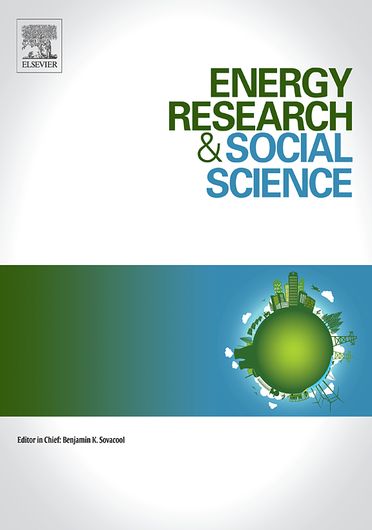Are climate finance subsidies equitably distributed among farmers? Assessing socio-demographics of solar irrigation in Nepal
Abstract
Solar-powered irrigation pumps are a vital tool for both climate change adaptation and mitigation. Since most developing countries cannot fully utilize large-scale global funds for climate finance due to limited institutional capacities, small-scale solar irrigation pumps (SIPs) can provide a climate-resilient technological solution. We study the case of a subsidized SIP program in Nepal to understand who likely benefits from a small-scale climate finance program in a developing country setting. We analyze government data on profiles of farmers applying for SIPs and in-depth interviews with different actors along the SIP service chain. We find that vulnerable farmers (women, ethnic minorities, and poor farmers) were less likely than wealthier and non-minority farmers to have access to climate finance subsidies. Even though the government agency gave preference to women and ethnic minority farmers during beneficiary selection, an unrepresentative pool of applicants resulting from social and institutional barriers that prevented them from applying to the program led to an inequitable distribution of subsidized SIPs. The lack of a clear policy framework for allocating climate finance subsidies was a significant constraint. Lack of periodic updating of SIP prices and poor provision of after-sale services were also responsible for the inequitable distribution of subsidized SIPs. We recommend the involvement of local governments in soliciting applications from a wider pool of farmers, periodic revision of SIP prices to reflect market price, replacement of the current fixed subsidy scheme with a variable subsidy scheme, and mandatory provisions of after-sales services.

